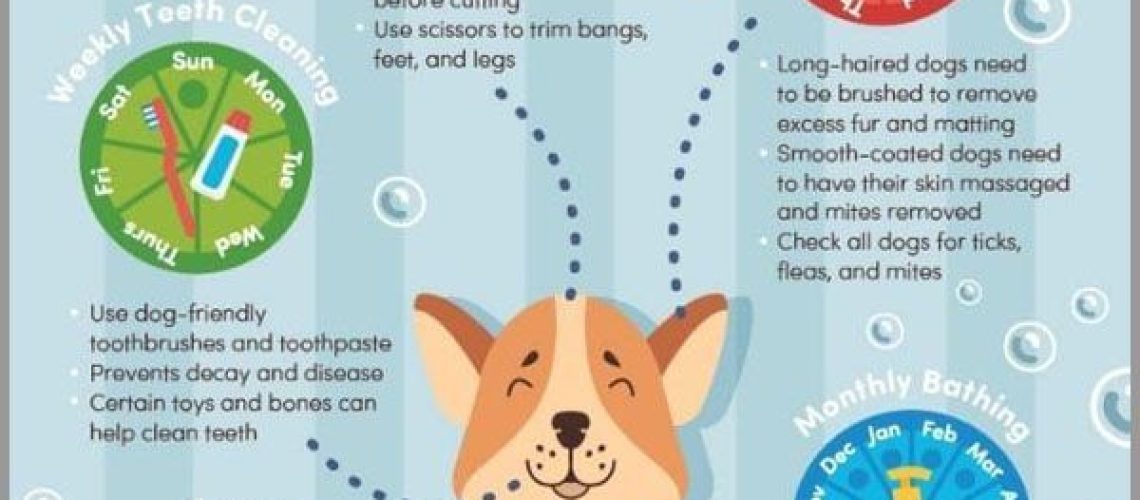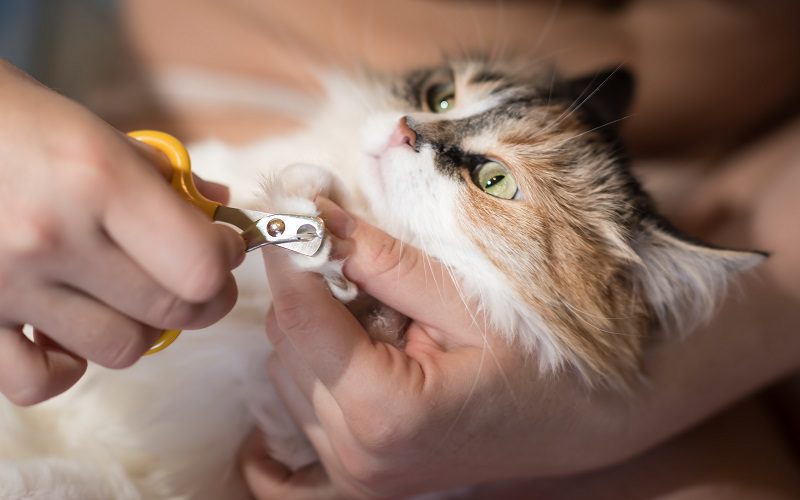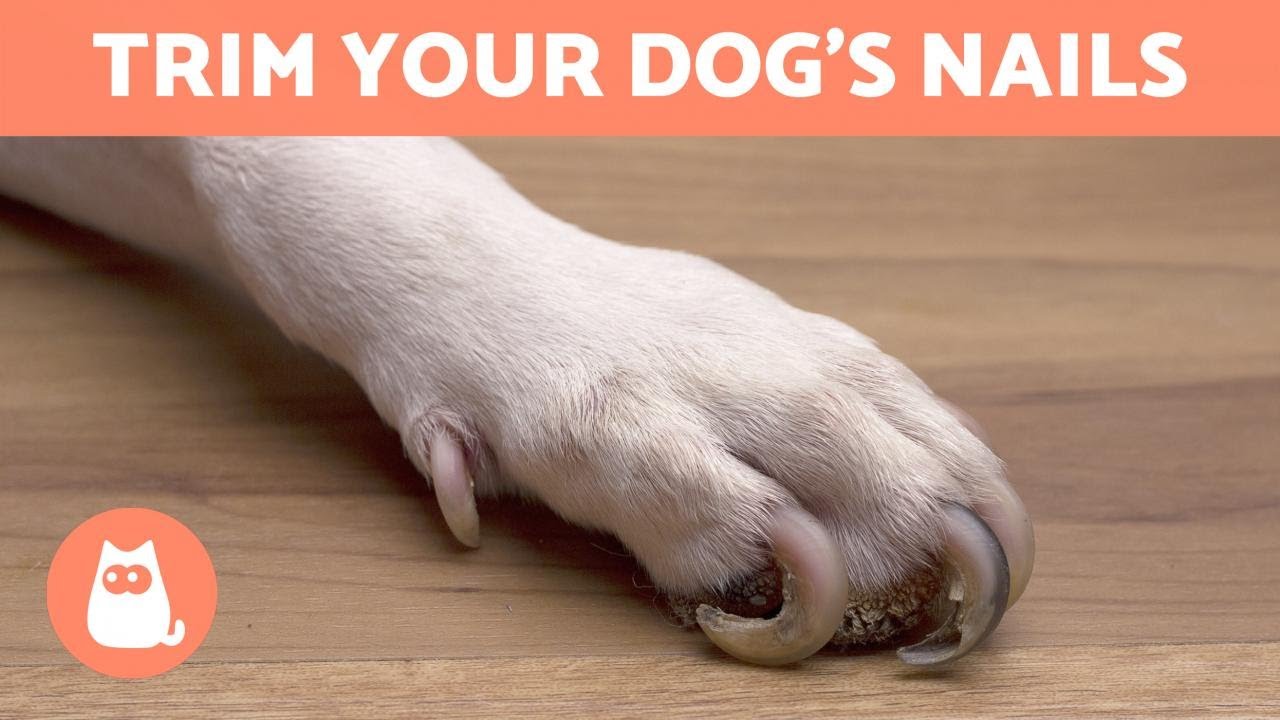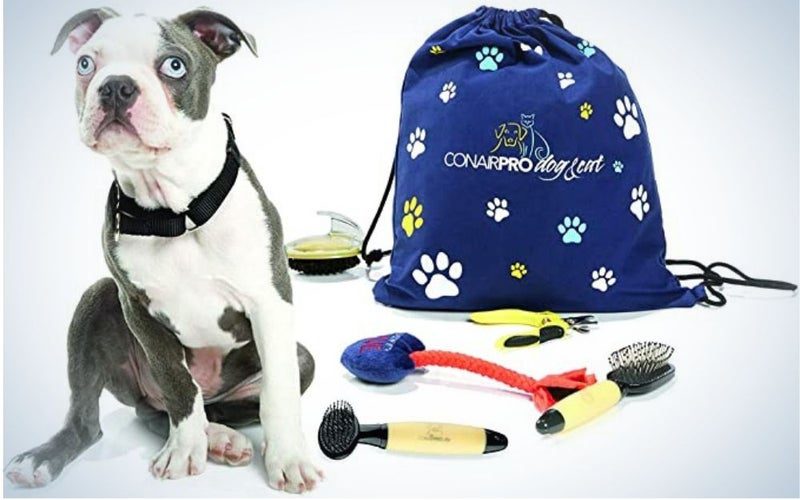Welcome to the world of dog grooming basics! In this guide, we will explore the essential tips and techniques to keep your furry friend looking their best. Whether you are a beginner or just need a refresher, get ready to learn the fundamentals of grooming your beloved canine companion.
Key Takeaways:
- Regular grooming is essential for a dog's overall health and well-being.
- Brushing your dog's coat helps to remove tangles, prevent matting, and distribute natural oils.
- Trimming your dog's nails regularly is important to avoid discomfort and potential injuries.
- Cleaning your dog's ears can prevent infections and keep them healthy.
- Bathing your dog with appropriate products helps to keep their skin clean and free from irritations.
The Importance of Dog Grooming for Your Pet's Health
Grooming is an essential part of keeping your dog healthy and happy. Regular grooming helps to maintain your dog's overall cleanliness and hygiene. It also allows you to check for any skin issues, ticks, fleas, or other parasites that may be hiding in your dog's fur. By regularly grooming your dog, you can catch these problems early and prevent them from becoming more serious.
Grooming also helps to keep your dog's coat in good condition. Brushing removes loose hair and prevents matting, which can be uncomfortable for your furry friend. It also stimulates the production of natural oils in the skin, which help to keep the coat shiny and healthy. Additionally, grooming gives you an opportunity to bond with your dog and show them love and care.
To ensure proper grooming for your dog, it is important to have the right tools on hand. Some essential tools include:
- A slicker brush: This type of brush is great for removing tangles and mats from your dog's fur.
- A comb: A comb with both wide and narrow teeth can help detangle hair and remove any remaining loose hairs.
- Nail clippers: Regularly trimming your dog's nails is important for their comfort and health.
- Dog shampoo: Use a gentle shampoo specifically made for dogs to avoid irritating their skin.
Essential Tools for Basic Dog Grooming
When it comes to basic dog grooming, having the right tools is crucial. Here are some essential tools that every pet owner should have:
Slicker Brush
A slicker brush is a must-have tool for brushing out tangles and mats in your dog's fur. It has fine, short wires close together that can easily penetrate the topcoat and remove loose hair and debris. Regular brushing with a slicker brush helps to prevent matting and keeps your dog's coat looking neat and tidy.
Nail Clippers
Keeping your dog's nails trimmed is important for their comfort and health. Long nails can cause discomfort when walking or running, and they are more prone to breakage or splitting. Use nail clippers specifically designed for dogs, as human nail clippers may not be suitable. Take care not to cut the quick, which is the sensitive part of the nail that contains blood vessels.
Dog Shampoo
Using a dog-specific shampoo is essential for keeping your dog's skin and coat clean and healthy. Human shampoos can be too harsh for dogs' sensitive skin, so it's best to choose a shampoo formulated specifically for them. Look for shampoos that are gentle, moisturizing, and free from harsh chemicals or fragrances.
How Often Should You Brush Your Dog's Coat?
The frequency of brushing your dog's coat depends on their breed, hair type, and length. Generally, it is recommended to brush your dog at least once a week to keep their coat tangle-free and in good condition. However, some breeds may require daily brushing due to their long or thick hair.
If your dog has a shorter coat or sheds heavily, you may need to brush them more often to remove loose hair and minimize shedding around your home. Regular brushing not only helps with removing dead hair but also stimulates the production of natural oils in the skin, promoting a healthy coat.
During the grooming process, make sure to be gentle with your dog and use appropriate brushes or combs for their specific coat type. If you encounter any tangles or mats, carefully work through them with your fingers or a detangling spray before using a brush or comb.
A Step-by-Step Guide to Bathing Your Dog at Home
Bathing your dog is an important part of their grooming routine. Here's a step-by-step guide to bathing your dog at home:
Step 1: Prepare the Bathing Area
Before bringing your dog into the bathroom, gather all the necessary supplies, such as dog shampoo, towels, and a non-slip mat for the bathtub. Fill the tub with warm water that is comfortable for your dog.
Step 2: Brush Your Dog's Coat
Prior to bathing, brush your dog's coat to remove any tangles or loose hair. This will make the bathing process easier and prevent further tangling when wet.
Step 3: Wet Your Dog's Coat
Gently wet your dog's coat with warm water using a handheld showerhead or a cup. Make sure to avoid getting water in their ears and eyes.
Step 4: Apply Dog Shampoo
Dilute the dog shampoo according to the instructions on the bottle. Apply it to your dog's coat and lather gently, starting from their neck and working your way down to their tail. Be careful not to get shampoo in their eyes or ears.
Step 5: Rinse Thoroughly
Rinse off all the shampoo from your dog's coat using warm water. Make sure there are no leftover soap suds as they can irritate their skin if not fully rinsed out.
Step 6: Towel Dry
After rinsing, gently towel dry your dog by patting their coat. If your dog is comfortable with a hairdryer, you can use it on a low heat setting to speed up the drying process. However, be cautious not to use high heat or get too close to their skin as it may cause discomfort.
Step 7: Reward Your Dog
Once your dog is dry, reward them with treats and praise for their good behavior during the bath. This positive reinforcement will help make future baths a more pleasant experience for both of you.
The Importance of Regular Nail Trimming for Dogs
Regular nail trimming is an important aspect of dog grooming that should not be overlooked. Overgrown nails can cause discomfort and pain for your furry friend and may even lead to more serious issues like infections or difficulty walking.
Dogs' nails naturally grow continuously, so they need regular trimming to maintain a proper length. The frequency of nail trimming depends on factors such as the breed, activity level, and the type of surface your dog walks on regularly. On average, most dogs require nail trims every 4-6 weeks.
If you hear clicking sounds when your dog walks on hard surfaces or notice that their nails are touching the ground when standing, it's a sign that they need a trim. Additionally, long nails may curl and grow into the paw pads if left unattended, causing pain and potential infection.
To safely trim your dog's nails:
- Use sharp and appropriate-sized nail clippers designed for dogs.
- Hold your dog's paw gently but firmly.
- Carefully trim off small amounts of the nail at a time, avoiding the quick, which is the pink part of the nail that contains blood vessels.
- If your dog has dark nails and you can't see the quick, trim small amounts at a time to be cautious.
- File any rough edges with a nail file or use a grinder to smooth them out.
If you're unsure about trimming your dog's nails or if your dog becomes anxious or fearful during the process, it's best to seek help from a professional groomer or veterinarian. They can provide guidance and ensure that your dog's nails are trimmed safely and correctly.
Cleaning Your Dog's Ears: Signs and Proper Techniques
Regular ear cleaning is an important part of your dog's grooming routine. It helps prevent ear infections and keeps your dog's ears healthy. There are several signs that indicate your dog may need their ears cleaned. If you notice a strong odor coming from your dog's ears, excessive scratching or rubbing of the ears, redness or swelling, or a discharge, it's time to clean their ears.
Signs that indicate your dog may need their ears cleaned:
- Strong odor coming from the ears
- Excessive scratching or rubbing of the ears
- Redness or swelling in the ear area
- Discharge from the ears
To clean your dog's ears properly, start by using a veterinarian-approved ear cleaning solution. Gently lift the ear flap and apply a few drops of the solution into the ear canal. Massage the base of the ear for about 30 seconds to help loosen any debris. Then, use a cotton ball or gauze pad to wipe away any dirt or excess solution from the outer part of the ear.
Tips for cleaning your dog's ears:
- Use a veterinarian-approved ear cleaning solution.
- Gently lift the ear flap and apply a few drops of the solution into the ear canal.
- Massage the base of the ear for about 30 seconds to help loosen debris.
- Use a cotton ball or gauze pad to wipe away dirt and excess solution from the outer part of the ear.
Tips for Preventing Matting in Your Dog's Fur
Matting can be a common issue for dogs with long or curly fur. It occurs when the fur becomes tangled and forms tight knots, which can be uncomfortable and painful for your dog. Preventing matting is important to keep your dog's coat healthy and manageable.
Tips for preventing matting in your dog's fur:
- Regular brushing: Brush your dog's fur daily or at least a few times a week, depending on their coat type. This helps remove loose hair and prevents it from tangling.
- Use a detangling spray: If you notice any tangles or knots forming, use a detangling spray to help loosen them before brushing.
- Trim long fur: If your dog has long fur, consider getting regular trims to keep the length manageable and reduce the chances of matting.
- Avoid moisture: Keep your dog's fur dry as much as possible, as wet fur is more prone to matting. If your dog gets wet, make sure to thoroughly dry their coat.
Grooming Practices for Flea and Tick Control on Dogs
Fleas and ticks are common parasites that can cause discomfort and health issues for dogs. Regular grooming practices can help prevent infestations and control these pests effectively.
Grooming practices for flea and tick control on dogs:
- Regularly check for fleas and ticks: Inspect your dog's coat regularly, especially after outdoor activities. Look for any signs of fleas or ticks such as small dark specks (flea dirt) or actual insects attached to the skin.
- Bathe with flea/tick shampoo: Use a veterinarian-approved flea and tick shampoo when bathing your dog. Follow the instructions on the product carefully to ensure effectiveness.
- Use a flea comb: After bathing, comb through your dog's fur with a fine-toothed flea comb to remove any remaining fleas or ticks.
- Apply preventive treatments: Consult with your veterinarian about appropriate flea and tick preventive treatments for your dog. These can include spot-on treatments, oral medications, or collars.
Tips for Keeping Your Dog Calm During Grooming Sessions
Grooming sessions can sometimes be stressful for dogs, especially if they are not used to being handled or have had negative experiences in the past. It's important to create a calm and positive environment during grooming to help your dog feel more comfortable.
Tips for keeping your dog calm during grooming sessions:
- Start with short sessions: Gradually introduce grooming activities to your dog by starting with short sessions and gradually increasing the duration over time. This helps them get accustomed to the process without overwhelming them.
- Use positive reinforcement: Reward your dog with treats, praise, or playtime during and after grooming sessions. This creates positive associations with grooming and helps keep them calm.
- Create a comfortable space: Set up a designated area for grooming that is quiet and free from distractions. Use non-slip mats or towels to provide stability and comfort for your dog.
- Take breaks if needed: If you notice signs of stress or anxiety in your dog, such as panting, trembling, or trying to escape, take breaks as necessary. Allow them time to relax before continuing with the grooming session.
| Conclusion | |
|---|---|
| Proper dog grooming is essential for maintaining the health and well-being of your furry friend. By following these basic grooming tips, you can keep your dog's coat clean, prevent matting, and ensure their overall hygiene. | |
| Grooming also allows you to bond with your dog and monitor their physical condition closely. Remember to be patient, use the right tools, and establish a routine that works for both you and your pet. | |
| Regular brushing, bathing, nail trimming, ear cleaning, and dental care are all part of a comprehensive grooming routine. Don't forget to reward your dog with treats or praise during the process to make it a positive experience for them. | |

















